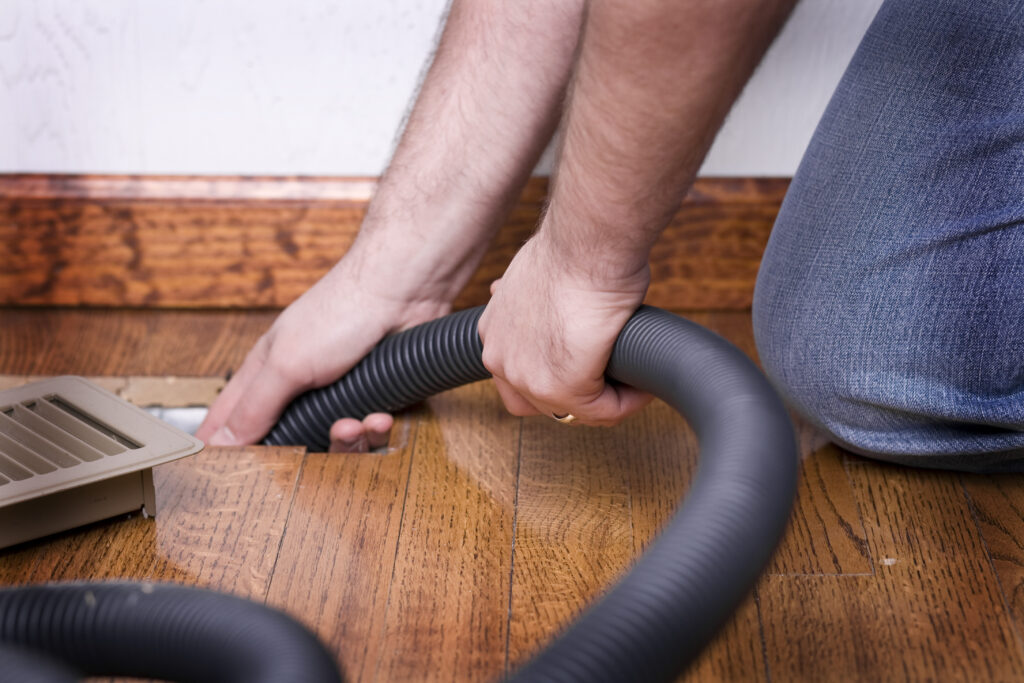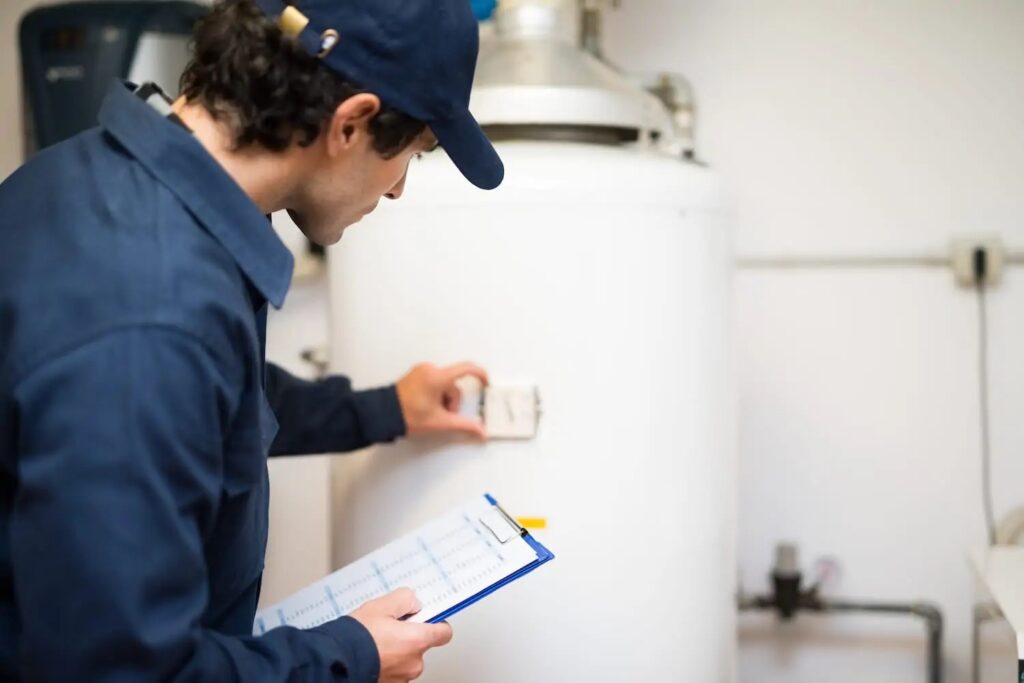How Do I Check My Water Heater Thermostat?
If you’re encountering difficulties with the hot water in your residence, there is a way to address the problem by inspecting the thermostats of your electric water heater. Troubleshooting these thermostats is a relatively simple repair task that can save you from assuming that your water heater is beyond repair and incapable of producing hot showers. Before despairing, it’s worth testing and recalibrating or replacing the thermostats. To perform this evaluation, you can use a multimeter—an easily obtainable electrical measuring tool found online or at any home improvement store. By checking the functionality of your water heater’s thermostats alongside the heating elements, you can potentially resolve the issue and restore your home’s reliable hot water provision.
Signs That Your Thermostat for Water Heater Might Be Faulty
A typical electric water heater has two thermostats: an upper water heater thermostat and a lower thermostat. The upper one is the primary thermostat connected to the high-limit switch, ensuring the water pressure remains within safe limits and doesn’t become excessively hot. Depending on which water heater thermostat is experiencing a malfunction, you may observe various symptoms indicating the issue at hand:
- No hot water – This most likely indicates a problem with the upper thermostat.
- Not enough hot water – This likely indicates a problem with the upper thermostat.
- Slow hot water recovery – This is another problem that can occur when the lower thermostat is malfunctioning.
- Water is too hot – Overly hot water can occur if either thermostat (or both) is set too high or isn’t calibrated correctly.
- The high limit switch keeps tripping – If the red reset button on your water heater keeps popping out and needing a reset, your upper thermostat could malfunction. This would allow your water heater to keep heating the water to dangerous levels, which will trip your high-limit switch.
If you notice any of these signs and have a multimeter, test your water heater heat well’s thermostats to see if they’re the problem.
How To Test Your Electric Water Heater Thermostat
You will need a flathead screwdriver and a multimeter to test your unit’s water heater thermostats. With those tools at hand, follow the steps below:
- Power off – Turn off your water heater’s breaker on your electrical panel.
- Remove panels – Use a flathead screwdriver to remove the upper and lower thermostat access panels. A layer of insulation should cover the thermostats, so fold it out of the way and secure it temporarily with tape.
- Upper thermostat test #1 – Turn the upper thermostat to its maximum temperature using your screwdriver. Adjust the multimeter to RX1. Place a one-meter probe on the bottom left terminal. Place the other meter probe on terminal screw #1 just above the #2 terminal. You should get a reading of 0. The thermostat is faulty if you don’t get a reading at all.
- Upper thermostat test #2 – Turn the upper thermostat temperature to the lowest setting. You should hear it click off. Place one probe on terminal #1. Place the other probe on the bottom right terminal screw (#4). You should get a reading of 0. The thermostat is faulty if you don’t get a reading at all.
- Lower thermostat test – The lower thermostat is easier because it only has two terminals. First, use your screwdriver to turn the temperature up. (The upper thermostat must be clicked off, which should have been achieved in step #4.) Place a meter probe on each of the terminal screws. You should get a reading of 0. The thermostat is faulty if you don’t get a reading at all.
When you are finished, adjust the thermostat temperatures back to normal, replace the insulation, and screw the panels back on.
Expert Water Heater Repair in Dallas
When addressing issues with the water temperature caused by faulty thermostats in your electric water heater, it is crucial to rely on a trusted plumbing company for dependable repairs or replacements. For Dallas residents, Frymire Home Services is the top choice. Our team of expert plumbers has the knowledge and skills to quickly identify and resolve any problems with your water heater’s thermostats. We understand the inconvenience and discomfort that can arise from a malfunctioning thermostat, so we prioritize prompt and efficient service to restore your water heater to optimal condition.
With over 65 years of experience in the plumbing industry, Frymire Home Services has honed its expertise in electric water heaters and their components. Our dedicated plumbers will conduct a thorough inspection of your water heater, focusing on the thermostats to determine the underlying cause of the issue. If a faulty thermostat is the culprit, we will swiftly replace it with a high-quality, reliable alternative. Our attention to detail ensures that the new thermostat is accurately calibrated to maintain the desired water temperature in your home.
At Frymire Home Services, our top priorities are exceptional customer service and long-lasting solutions. We have earned a reputation for delivering quality workmanship and reliable results, serving numerous satisfied customers in Dallas over the years. Don’t let a faulty thermostat disrupt your comfort and convenience. Contact Frymire Home Services today and let our experienced plumbers restore the proper functioning of your electric water heater, providing you and your family with consistent water temperature and peace of mind.
For water heater repair or a new thermostat in Dallas, count on the skilled plumbers at Frymire Home Services. Call us today at 972-913-2881 or contact us online!






